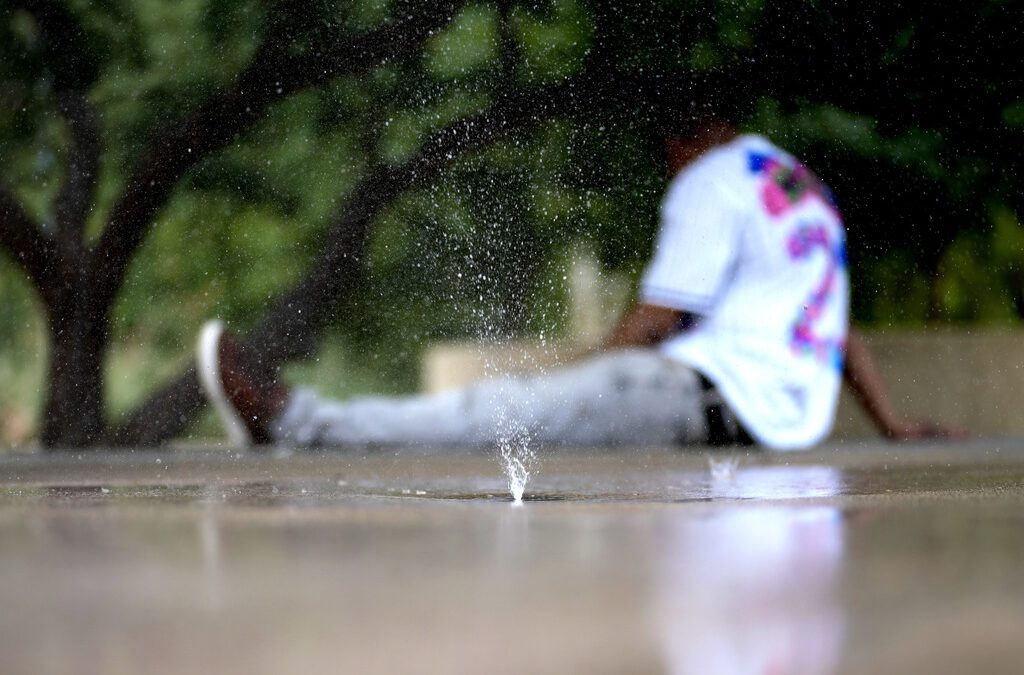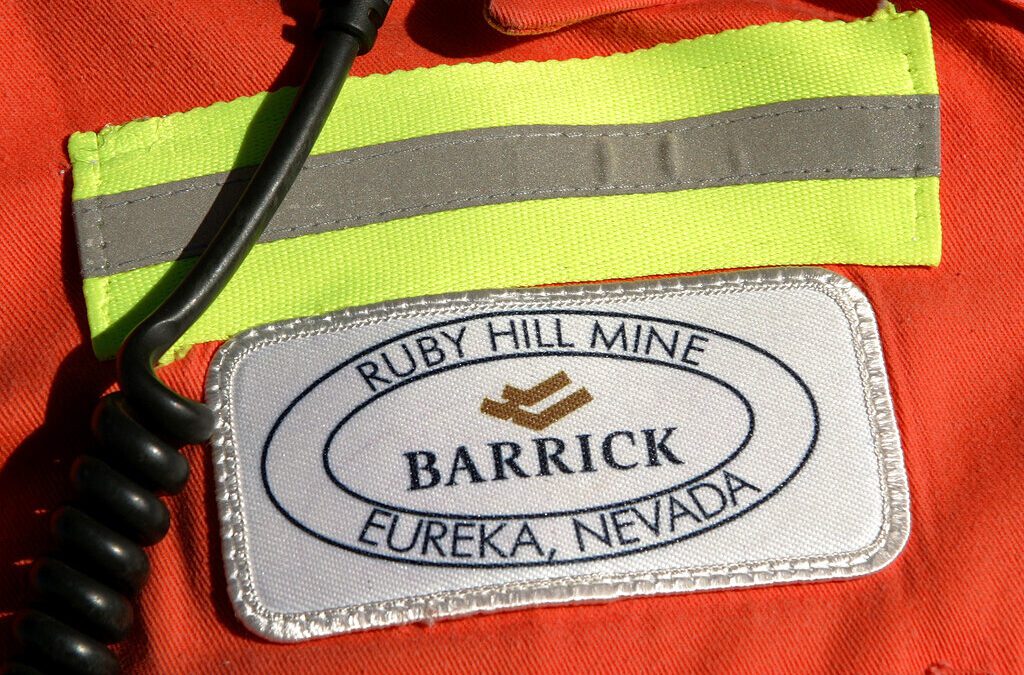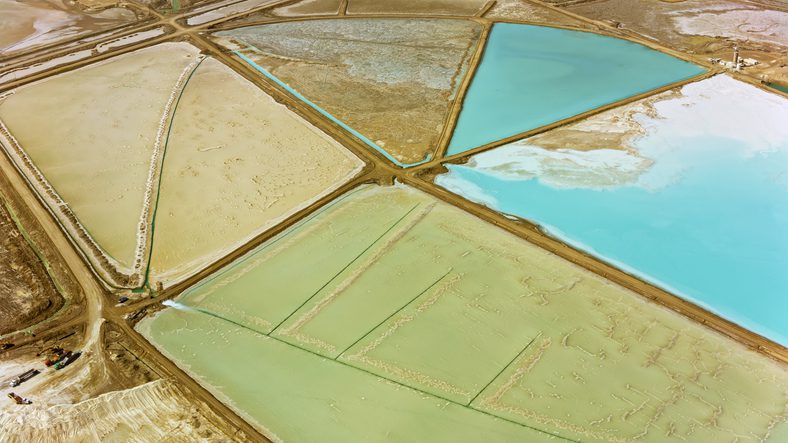
FILE - A man stands on a hill overlooking a formerly sunken boat standing upright into the air with its stern buried in the mud along the shoreline of Lake Mead at the Lake Mead National Recreation Area, Jan. 27, 2023, near Boulder City, Nev. A new study Thursday, May 18, 2023, says climate change’s hotter temperatures and society’s diversion of water have been shrinking the world’s lakes, including Lake Mead, by trillions of gallons of water a year since the early 1990s. (AP Photo/John Locher, File)
The federal grant funding made possible through the Bipartisan Infrastructure Law aims to improve drinking water quality and bolster local treatment facilities.
Nevada will receive approximately $9 million in federal grants aimed at improving drinking water quality and other water infrastructure projects, US Rep. Susie Lee’s office announced Wednesday.
The grants from the Environmental Protection Agency (EPA) will include roughly $4 million through a federal program called the Clean Water State Revolving Fund, or CWSRF, and an additional $4.8 million through a separate program known as the Drinking Water State Revolving Fund (DWSRF). The funds are part of a larger $8.5 billion in EPA spending made possible by the Bipartisan Infrastructure Law, which Lee and others in Nevada’s congressional delegation voted to pass.
“This investment is another step toward ensuring that our water resources, and the communities that depend on them, are well-supported and prepared for the future,” Lee said in a news release. “Southern Nevada is on the front lines of the climate crisis – from severe drought and extreme weather, our water resources are in danger, as are the millions of families who depend on them.”
Lee is also the vice chair of the Congressional Colorado River Caucus, which lawmakers formed last March to focus on bipartisan solutions in response to the historic drought affecting seven states that depend on the Colorado River for drinking water.
MORE: Climate change poses threat to Nevada’s homeless community, expert says
The CWSRF is a federal-state partnership that provides financing to communities for a range of water quality infrastructure projects, according to the EPA. Grant funding is allowed to be spent on, among other things, improvements to municipal wastewater facilities, decentralized wastewater treatment systems, stormwater runoff mitigation, water reuse, and other projects.
The EPA, meanwhile, states the DWSRF is a series of programs available nationwide that function like infrastructure banks by providing low interest loans for drinking water improvement projects. States taking part in the program must contribute a 20% match to the federal grants, and as money is paid back to the state’s revolving loan fund, the state makes new loans to other recipients. The repayment of the loan principal and interest earnings are then used for future projects allowed by the fund.
Wednesday’s announcement follows a February announcement awarding Nevada $44 million in federal funds for water infrastructure projects. Those funds, in which the CWSRF received $12.3 million and the DWSRF received $31.8 million, were also made possible by the Bipartisan Infrastructure Law.

Many fear help for Nevada water conservation will dry up under Trump
Despite billions from the Inflation Reduction Act going to benefit Nevada, President-elect Donald Trump and conservative fiscal hawks may pursue a...

Grant from Biden infrastructure law to help install 185 EV charges around Las Vegas valley
A $3.2 million grant from the US Department of Transportation will help fund and install electric vehicle charging stations in primarily...

Almost 500 people have died from extreme heat in Las Vegas in 2024, officials say
Factors relating to extreme heat accounted for 491 deaths and more than 3,500 emergency room visits, according to Clark County officials, as Las...

Nevada gold mining venture selected for $95M solar project
After being awarded a federal grant to help decarbonize the mining industry, Nevada Gold Mines hopes to build two on-site solar panel and battery...

Opinion: This Christmas, I want more renewable energy to help address hardworking Nevadans’ economic challenges
As a full-time college student balancing part-time work and rising living costs, utility expenses have become an unsustainable burden, especially...

Opinion: The Lithium Rush Is Repeating Past Mistakes. Will We Ever Learn?
Amid the excitement around the shift to clean energy, a critical issue remains overlooked: community engagement in resource extraction. As the...




